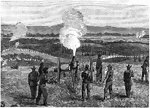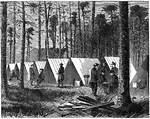
Battle of Murfreesboro
The Battle of Stones River or Second Battle of Murfreesboro (in the South, simply the Battle of Murfreesboro),…

The School-Ship USS Sabine
The first USS Sabine was a sailing frigate built by the United States Navy in 1855.

Fort Wayne
Fort Wayne was established 1839 in Indian Territory by Lt. Col. R.B. Mason of the 1st Dragoons. Named…
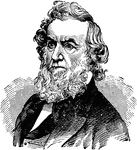
Gideon Welles
Gideon Welles (July 1, 1802 – February 11, 1878) was the United States Secretary of the Navy from…
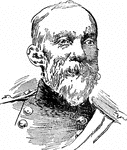
Joseph Wheeler
Joseph Wheeler (September 10, 1836–January 25, 1906) was an American military commander and politician.…

The Draft Riots - The Rioters and the 7th Regiment
The New York Draft Riots (July 11 to July 16, 1863), were violent disturbances in New York City that…

Troops Landing at Newbern
The Battle of New Bern was fought on 14 March 1862, near the city of New Bern, North Carolina, as part…
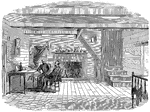
Johnston's Surrender
In light of overwhelming enemy strength and the relatively heavy casualties his army suffered in the…
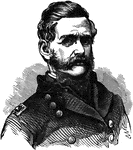
Edward Otho Cresap Ord
Edward Otho Cresap Ord (October 18, 1818 – July 22, 1883) was the designer of Fort Sam Houston,…
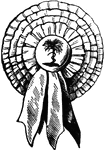
Palmetto Cockade
Ornaments made of blue silk ribbon with a button in the center bearing the image of a palmetto tree.…
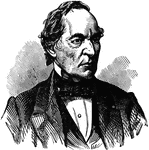
Robert Patterson
Robert Patterson (January 12, 1792 – August 7, 1881) was a United States major general during…
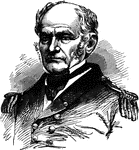
Hiram Paulding
Hiram Paulding (December 11, 1797 – October 20, 1878) was a Rear Admiral in the United States…
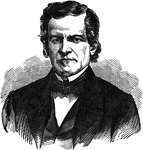
Francis Wilkinson Pickens
Francis Wilkinson Pickens (April 7, 1805 – January 25, 1869) was an American lawyer and politician…
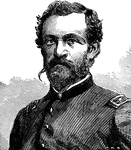
James Harrison Wilson
James Harrison Wilson (September 2, 1837 – February 23, 1925) was a United States Army topographic…
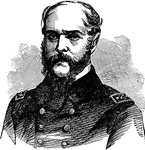
John Ancrum Winslow
Rear Admiral John Ancrum Winslow (1811 – 29 September 1873) was an officer in the United States…
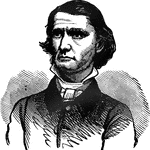
Henry Alexander Wise
Henry Alexander Wise (December 3, 1806 – September 12, 1876) was an American statesman from Virginia.…

John Ellis Wool
John Ellis Wool (February 20, 1784 – November 10, 1869) was an officer in the United States Army…

John Lorimer Worden
John Lorimer Worden (12 March 1818 – 19 October 1897) was a U.S. Admiral who served in the American…
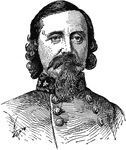
George Edward Pickett
George Edward Pickett (January 16, January 25 or January 28, 1825 – July 30, 1875) was a career…
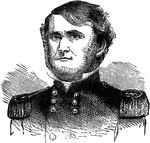
Leonidas Polk
Leonidas Polk (April 10, 1806 – June 14, 1864) was a Confederate general who was once a planter…
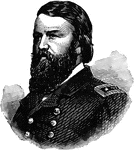
John Pope
John Pope (March 16, 1822 – September 23, 1892) was a career United States Army officer and Union…
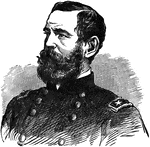
Fitz John Porter
Fitz John Porter (August 31, 1822 – May 21, 1901) (sometimes written FitzJohn Porter) was a career…
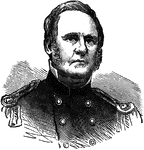
Sterling Price
Sterling Price (September 20, 1809 – September 29, 1867) was a lawyer, politician, and militia…
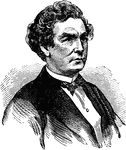
Richard Yates
Richard Yates (January 18, 1818 – November 27, 1873) was governor of Illinois during the American…
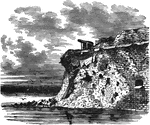
Breach in Fort Pulaski
Fort Pulaski was prepared for a possible infantry attack. However, Fort Pulaski never endured a direct…

Gunboats Ascending the Yazoo River
The Yazoo River was of major importance during the American Civil War. The first electrically detonated…

Red River Expedition
The Red River Campaign or Red River Expedition consisted of a series of battles fought along the Red…

Whitelaw Reid
Whitelaw Reid (October 27, 1837 – December 15, 1912) was a U.S. politician and newspaper editor, as…
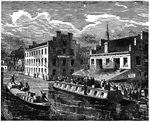
Governor Smith Leaving Richmond
Governor Smith leaving Richmond during the American Civil War campaign against Richmond.

Libby Prison, Richmond
Libby Prison was a Confederate Prison at Richmond, Virginia, during the American Civil War.

Devastation in Richmond
The devastation in Richmond Virginia following the campaign against Richmond.
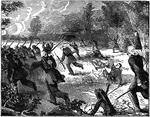
Battle of Rich Mountain
The Battle of Rich Mountain took place on July 11, 1861, in Randolph County, Virginia as part of the…
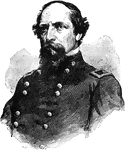
James Brewerton Ricketts
James Brewerton Ricketts (June 21, 1817 – September 22, 1887) was a career officer in the United…
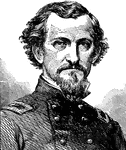
Felix Kirk Zollicoffer
Felix Kirk Zollicoffer (May 19, 1812 – January 19, 1862) was a newspaperman, three-term United States…

Ellsworth Zouave
Zouave was the title given to certain infantry regiments in the French army, normally serving in French…
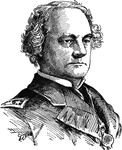
Rear Admiral John Rodgers
John Rodgers (8 August 1812 – 5 May 1882) was an admiral in the United States Navy.
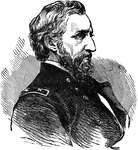
William Starke Rosecrans
William Starke Rosecrans (September 6, 1819 – March 11, 1898) was an inventor, coal-oil company…
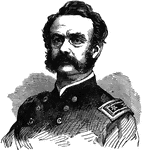
Lovell Harrison Rousseau
Lovell Harrison Rousseau (August 4, 1818 – January 7, 1869) was a general in the United States…
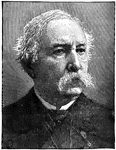
Stephen Clegg Rowan
Stephen Clegg Rowan (1808 – 31 March 1890) was an admiral in the United States Navy who served…
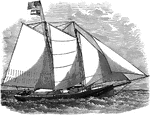
The Savannah, Confederate Privateer
The Confederate privateers were privately owned ships that were authorized by the government of the…
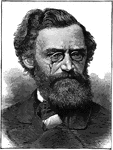
Carl Schurz
Carl Schurz (March 2, 1829 – May 14, 1906) was a German revolutionary, American statesman and…
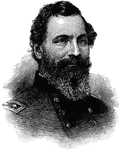
General John Sedgwick
John Sedgwick (September 13, 1813 – May 9, 1864) was a teacher, a career military officer, and a Union…
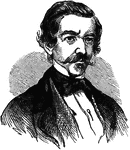
Raphael Semmes
Raphael Semmes (September 27, 1809 – August 30, 1877) was an officer in the United States Navy…
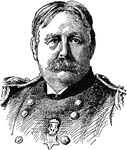
William Rufus Shafter
William Rufus Shafter (October 16, 1835 – November 12, 1906) was a Union Army officer during the…

John Sherman
John Sherman nicknamed "The Ohio Icicle" (May 10, 1823 – October 22, 1900) was a U.S. Representative…

Sherman and His Generals
William Tecumseh Sherman served as a General in the Union Army during the American Civil War (1861–65).…
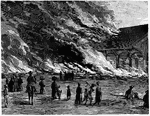
Sherman's Troops Burning a Railroad Station
William Tecumseh Sherman served as a General in the Union Army during the American Civil War. Here his…
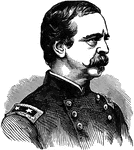
Daniel Edgar Sickles
Daniel Edgar Sickles (October 20, 1819 – May 3, 1914) was a colorful and controversial American…
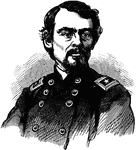
Franz Sigel
Franz Sigel (November 18, 1824 – August 21, 1902) was a German military officer and immigrant to the…
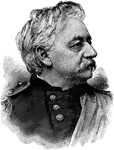
Henry Warner Slocum
Henry Warner Slocum (September 24, 1827 – April 14, 1894), was a Union general during the American…

South Carolina Medal
A small medal was struck in commemoration of the great act of separation of South Carolina. They became…
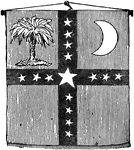
South Carolina Flag
On the day that South Carolina proclaimed sovereignty, a banner for the new state was adopted.
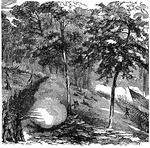
Battle of South Mountain
The Battle of South Mountain (known in several early Southern accounts as the Battle of Boonsboro Gap)…
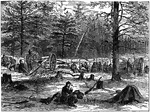
Scene of Sedgwick's Death
John Sedgwick (September 13, 1813 – May 9, 1864) was a teacher, a career military officer, and…

Spotsylvania Courthouse
The Battle of Spotsylvania Court House, sometimes simply referred to as the Battle of Spotsylvania,…

Bloody Angle of Spotsylvania
The angle between the Union II and VI Corps became known as the "Bloody Angle of Spotsylvania", where…
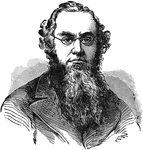
Edwin McMasters Stanton
Edwin McMasters Stanton (December 19, 1814 – December 24, 1869) was an American lawyer, politician,…
